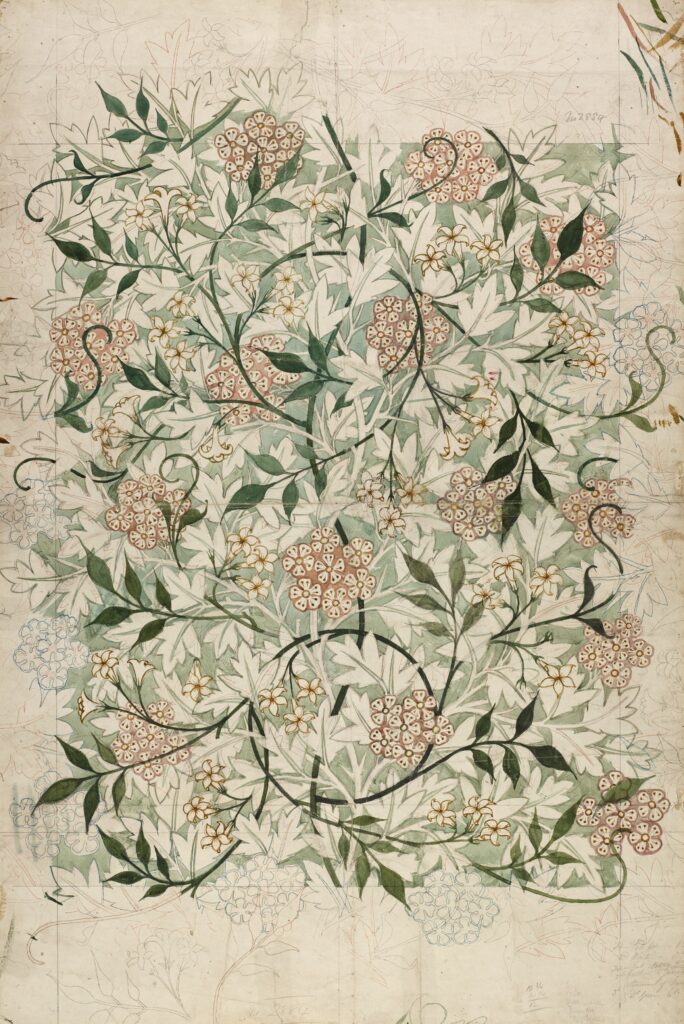In the midst of today’s ongoing culture wars, Karen Finley, one of the N.E.A. Four, reemerges onto the art scene with her latest work. Known for her controversial and provocative pieces that challenge societal norms, Finley became the subject of a Supreme Court case in 1990 after her fellowship was withdrawn by the National Endowment for the Arts. Now, on the 25th anniversary of the landmark ruling that reshaped public arts funding, Finley is revisiting her iconic work, “Go Figure,” at Art Basel Miami Beach. Through this installation, Finley aims to reclaim her artistry and emphasize the body as a neutral teaching tool.

Overview
This article provides a comprehensive overview of Karen Finley’s involvement in a Supreme Court case and the controversy surrounding the National Endowment for the Arts (N.E.A.) funding of controversial art. It also discusses the impact of the lawsuit on Finley’s career and public arts funding. The article explores the details of the N.E.A. Four’s legal battle and the Supreme Court decision in the National Endowment for the Arts v. Finley case. It discusses the effect of the decision on artistic merit and public standards and explores the anniversary of the decision. The article then delves into a description of Finley’s installation, ‘Go Figure’, and the intention behind the artwork. It also analyzes the reframing of art-making and the body in a new light and highlights the previous eroticization of Finley’s work by critics. The article then shifts focus to the exhibition of ‘Go Figure’ at Art Basel Miami Beach, providing details of the event and the participation of fairgoers in a life drawing class. It also mentions other artists represented by the gallery. The article further explores the current state of cultural and political controversies and discusses how Finley’s work fits into today’s political climate. It reflects on the legacy of the N.E.A. Four’s fight for artistic freedom and emphasizes the ongoing importance of defending artists’ rights. The article concludes by discussing the future of public arts funding and artistic expression, considering the role of artists in pushing boundaries and challenging societal norms.
Background on Karen Finley and the N.E.A. Four
Karen Finley, along with Tim Miller, John Fleck, and Holly Hughes, was part of a group of artists known as the N.E.A. Four who sued the National Endowment for the Arts in 1990. This legal battle arose after the organization withdrew their fellowships, sparking a controversy over N.E.A. funding of controversial art. Finley, specifically, came under scrutiny for her performance art, which involved covering her body with chocolate frosting, red candies, and alfalfa sprouts to make a statement about society’s treatment of women. Jesse Helms, a Republican senator, deemed Finley’s work “pornographic” and “obscene” on the Senate floor. The N.E.A. Four were eventually awarded the value of their vetoed grants but lost their broader challenge to N.E.A. policy. The Supreme Court decision in the National Endowment for the Arts v. Finley case upheld a law that required the N.E.A. to consider both artistic merit and “general standards of decency and respect for the diverse beliefs and values of the American public” in its funding decisions.

The National Endowment for the Arts v. Finley decision
The Supreme Court decision in the National Endowment for the Arts v. Finley case had a significant impact on both artistic merit and public standards. The court ruled in an 8-to-1 decision that the N.E.A. should consider not only artistic merit but also general standards of decency and respect for diverse beliefs and values when making funding decisions. This decision reshaped public arts funding in the United States and transformed Finley’s career. The anniversary of this landmark decision is being commemorated this year, 25 years after it was made.
Revisiting ‘Go Figure’
‘Go Figure’ is an artwork created by Karen Finley after the National Endowment for the Arts v. Finley decision. The installation invites the public to participate in a life drawing class with a nude model. At Art Basel Miami Beach, nude models pose for two hours each afternoon, while Finley and other artists represented by the gallery sketch alongside fairgoers. In addition to the life drawing class, the exhibition includes other works by Finley, such as figure drawings, protest banners, and footage of her notorious chocolate performance, “We Keep Our Victims Ready” (1990). With ‘Go Figure’, Finley aims to reframe art-making as a highly technical craft and neutralize the body as a teaching tool. This installation challenges critics’ previous eroticization of her work and emphasizes the technical aspects of art creation.

Framing art-making and the body in a new light
The purpose of reframing art-making as a technical craft is to shift the focus from the body as a sexual object to the skill and expertise involved in artistic expression. By neutralizing the body as a teaching tool, artists like Finley aim to challenge societal norms and preconceptions about the role of the body in art. Critics have often eroticized Finley’s work in the past, reducing it to mere pornography. By emphasizing the technical aspects of art creation, artists like Finley reclaim the artistic value of their work and challenge the narrow definitions and expectations placed on art.
Experiencing ‘Go Figure’ at Art Basel Miami Beach
‘Go Figure’ is currently being exhibited at Art Basel Miami Beach. The installation allows fairgoers to participate in a life drawing class with nude models. The models pose for two hours each afternoon, while artists like Finley sketch alongside the participants. This interactive experience creates a unique opportunity for fairgoers to engage with art and explore their creative expression. In addition to ‘Go Figure’, the exhibition also includes other works by Finley, offering a comprehensive overview of her artistic practice. The gallery representing Finley also showcases the work of other artists, creating a diverse and dynamic art experience at Art Basel Miami Beach.
Continuing cultural and political controversies
The current state of culture wars and political controversies surrounding art remains an ongoing issue. As society evolves and cultural values continue to shift, debates over artistic freedom, public standards, and censorship persist. Karen Finley’s work, as well as the work of other controversial artists, is situated within this broader context of cultural and political debates. Finley’s art challenges societal norms and encourages critical dialogue, making it particularly relevant and impactful in today’s political climate. It serves as a reminder of the power of art to provoke, inspire, and challenge established beliefs and values.
Reflections on the N.E.A. Four’s fight for artistic freedom
The N.E.A. Four’s legal battle and their fight for artistic freedom have had a lasting legacy. Their case brought public attention to the importance of defending artists’ rights and the need to separate art from political influence. The court decision in the National Endowment for the Arts v. Finley case set a precedent for future discussions on public arts funding and the role of the government in supporting controversial art. The N.E.A. Four’s fight served as a catalyst for conversations about artistic freedom and the necessity of protecting artists’ rights, ultimately contributing to the ongoing debates on the boundaries of artistic expression in society.
The future of public arts funding and artistic expression
The future of public arts funding and artistic expression requires careful consideration of various factors. When making decisions on public arts funding, it is crucial to balance artistic merit with the impacts on public standards and values. It is essential to recognize and support artists who push boundaries and challenge societal norms, as they play a vital role in cultural evolution and progress. Artists have the ability to provoke thought, inspire empathy, and encourage critical dialogue, making their work an essential component of a vibrant and diverse society. As cultural values and political climates continue to change, the role of public arts funding and support for artistic expression must adapt and evolve to ensure the continued growth and development of the arts.
Conclusion
Karen Finley’s participation in the landmark Supreme Court case and her continued contributions to the art world serve as a powerful reminder of the ongoing struggles for artistic freedom. The controversies surrounding the National Endowment for the Arts and public arts funding highlight the importance of defending artists’ rights and promoting diverse forms of artistic expression. By revisiting her artwork ‘Go Figure’ at Art Basel Miami Beach, Finley challenges societal norms and reframes art-making and the body in a new light. As cultural and political controversies continue to shape the discourse around art, it is essential to reflect on the legacy of the N.E.A. Four’s legal battle and to consider the future of public arts funding and artistic expression. The fight for artistic freedom and the protection of artists’ rights remain as relevant today as ever before.

